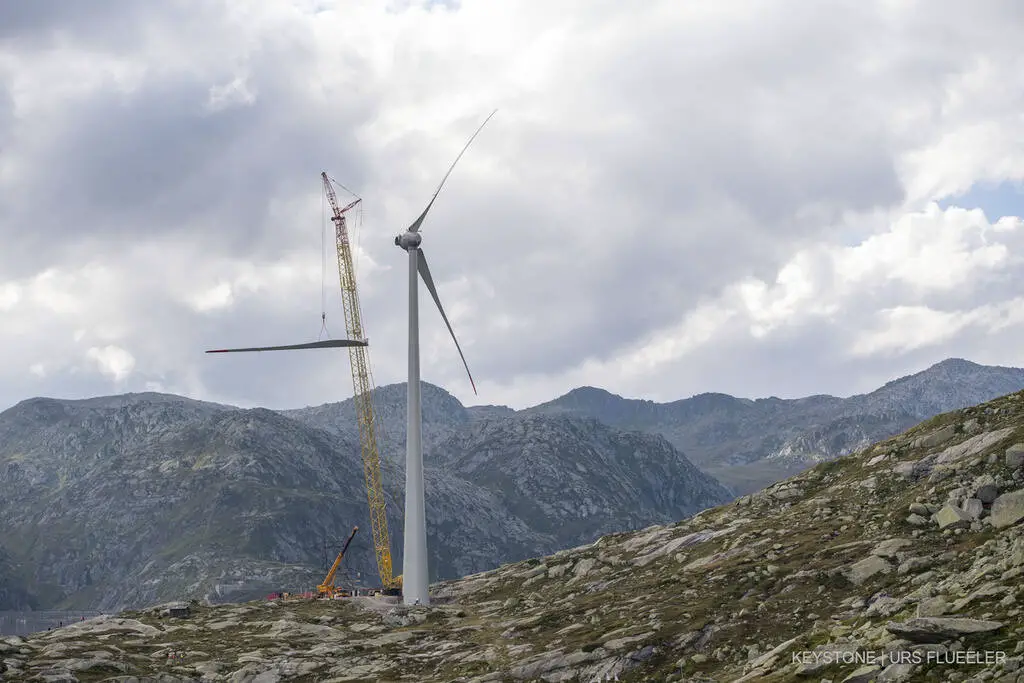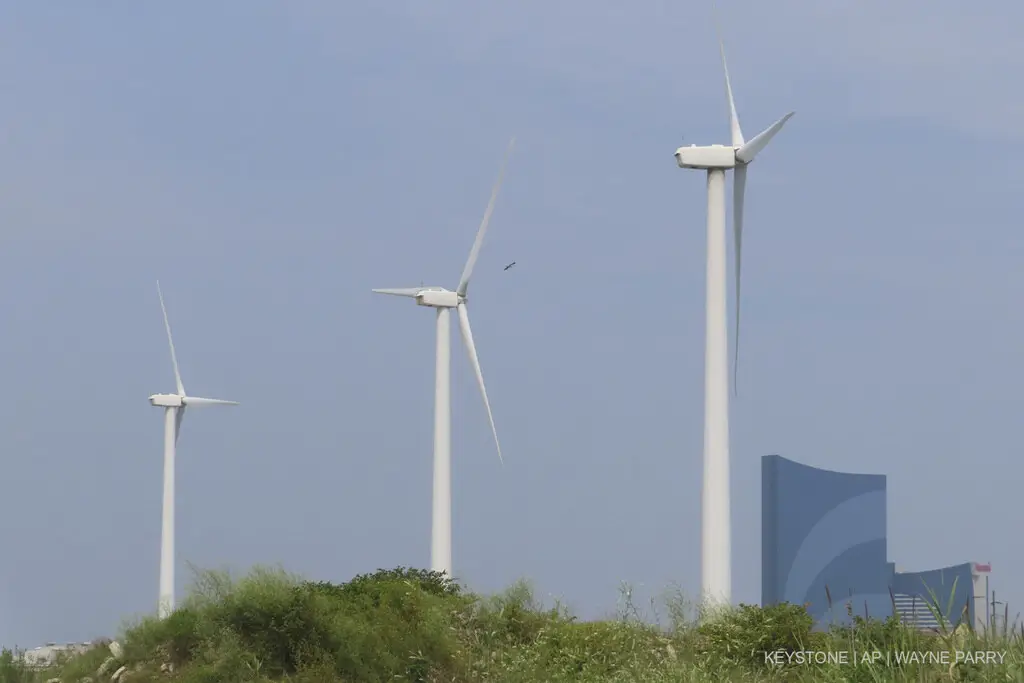Thu, Nov 30th 2023
The wind power industry is under economic pressure across Europe: without the government, not much is possible in the sector. Goodbye cost advantages, what remains is subsidized fluttering electricity and a material battle with little yield.

This is what it takes to build a 3MW Vestas wind turbine:
With these quantities of material, it is possible to generate 6,000 MWh = 0.006 TWh of electricity per year. The Gösgen Nuclear Power Plant produces this amount of electricity in 6 hours – regardless of whether the wind is blowing or not.
The bad news from the European wind power industry continues unabated. The NZZ headlined: “Exploding costs, calls for more help from the state: wind power is experiencing its acid test“. The NZZ also wrote: “Siemens Energy has announced the highest loss in its history. Problems in the wind power business are to blame” or – also in the NZZ: “Debacle with wind turbines: Siemens Energy wants billions in guarantees from the state“.
What is going on with the supposed winter electricity production of the future? The problems are complex.
On the one hand, the production costs for new wind turbines have risen significantly, meaning that the construction of promised projects is no longer profitable. The most recent example of this is the Danish wind giant Ørsted. The world’s largest offshore wind farm operator had to write off more than 5 billion dollars after the financing of wind power projects in the USA became more expensive and the expected subsidies were not paid out as expected. The shares plummeted and the management had to resign.

Ørsted is not alone: in Germany, Siemens has such major problems with its wind power division that the state has had to issue guarantees worth billions. Apparently, the company is struggling with massive quality problems.
In the UK, an auction of offshore wind farm contracts recently had to be called off because there was not a single bidder: the electricity price guaranteed by the government was not high enough to cover the increased costs.
The German newspaper Handelsblatt summarizes the precarious situation in the industry as follows: Due to inflation, rising interest rates, fierce price competition and a capital-intensive technology race among themselves, none of the major wind turbine manufacturers are making money right now.
So it’s no wonder that the industry is pinning its hopes on politicians. And apparently the lamentations have found an open ear in Brussels: the EU has already put together an aid package for the reeling wind companies. According to reports, even guarantees for wind projects worth billions are being discussed. It is now becoming clear that the supposedly inexpensive new renewable energies are increasingly stumbling.
Without the State, not much is possible here either. This means that a popular argument against other forms of electricity generation is increasingly falling by the wayside: the cost advantage. Without this, there is no longer much to be said in favor of wind power. Especially not in Switzerland! We need to build eight wind turbines to produce as many kilowatt hours as a single turbine on the North Sea or Baltic Sea.
(Source: https://www.energieclub.ch/de/aktuelles/artikel-458~globale-flaute-bei-der-windkraft)
